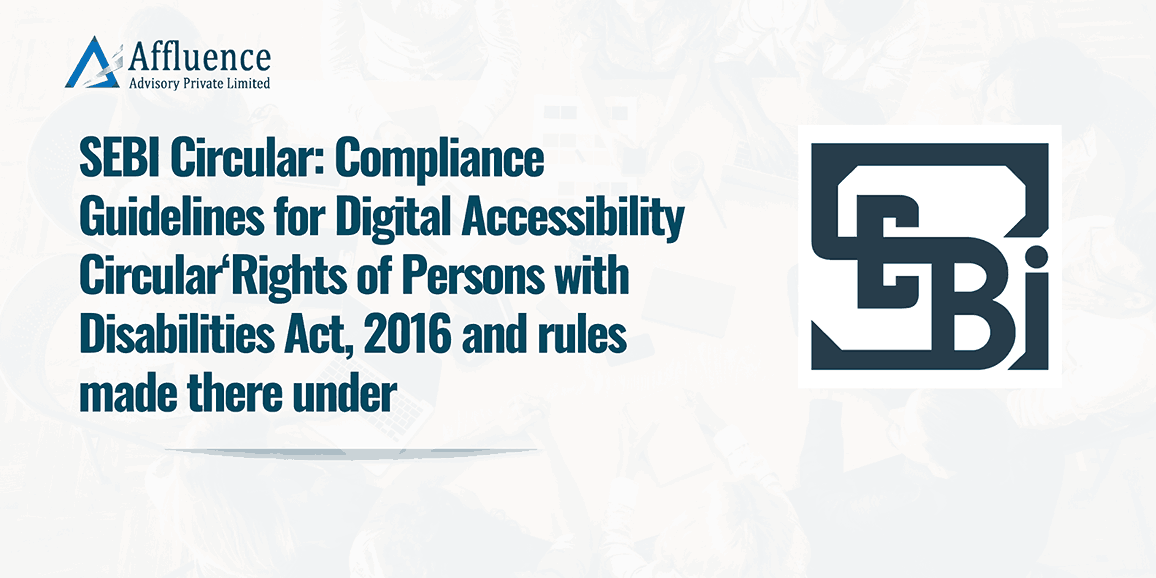- The rise of hybrid and remote work has transformed traditional workplace dynamics, requiring organizations to rethink how they cultivate a cohesive, inclusive culture.
- Normalizing work culture for employees in hybrid or remote roles ensures that everyone, regardless of location, feels valued, engaged, and aligned with the organization’s goals.
- Here are effective strategies to achieve this:
- Establish Clear Communication Channels – Use tools like Slack, Microsoft Teams, or email to ensure seamless communication. Maintain transparency by sharing updates through regular virtual meetings or newsletters. Encourage open communication and prompt feedback to keep remote employees in the loop.
- Foster Inclusivity in Meetings – Ensure all meetings are hybrid-friendly with video conferencing tools. Rotate meeting times to accommodate different time zones. Actively engage remote employees by soliciting their input and acknowledging their contributions.
- Embrace Digital Collaboration Tools – Implement platforms like Asana, Trello, or Google Workspace for project management. Standardize tools across teams to avoid confusion and improve efficiency. Train employees to maximize the use of these tools for streamlined collaboration. We use the below tools.
- Google Meet – We use Google Meet for video conferencing and real-time communication. It supports up to 500 participants. It is simple for presentations and collaboration. Recording is available in paid plans. Works seamlessly with Google Calendar, Gmail, and other Google tools. Integrates with Google Docs, Sheets, and Slides. It has encrypted calls and secure meeting links.
- Kredily – We use Kredily as well for streamlining HR operations. We use it for centralized employee data and attendance tracking, employee self-service for leaves. It has customizable workflows and detailed HR analytics.
- Create Equal Opportunities for Growth – Provide access to training, upskilling, and mentorship programs for remote and on-site employees alike. Evaluate performance based on outcomes rather than visibility or physical presence. Promote fairness in promotions, assignments, and recognition across all work arrangements. Use digital collaboration platforms (e.g. Google Meet, Kredily) to foster engagement and provide transparent channels for feedback and recognition. Pair mentors and mentees across locations, leveraging virtual tools for consistent guidance and support.
- Encourage Social Connections – Organize virtual coffee chats, team-building activities, or games to strengthen relationships. Plan periodic in-person gatherings for hybrid teams to build rapport. Use dedicated chat channels for casual conversations and bonding.
- Standardize Onboarding and Integration– Offer the same comprehensive onboarding experience for remote and in-office hires. Assign mentors or buddies to new employees to help them integrate into the team. Use virtual tours and team introductions to familiarize remote employees with the company culture.
- Promote flexibility and Work-Life Balance – Respect working hours and avoid scheduling after-hours meetings. Encourage employees to set boundaries and take breaks to prevent burnout. Offer flexible policies to support diverse personal needs and preferences.
Also Read: Easy Team Building Tips for workplace effectiveness to Bring the Team Together
- Highlight Achievements Equally – Recognize accomplishments publicly, whether the employee is remote or on-site. Use tools like company-wide emails or virtual shoutouts to celebrate milestones. Ensure remote employees feel seen and appreciated for their contributions.
- Reinforce Organizational Values Virtually – Regularly communicate the company’s mission, vision, and values through webinars or newsletters. Share success stories that highlight how remote and hybrid work align with organizational goals. Ensure that leadership demonstrates these values in their communication and actions.
- Address Misconceptions about Productivity – Shift the focus from hours worked to measurable outcomes. Use performance metrics to demonstrate that remote employees are as productive as their on-site peers. Counter stereotypes by sharing data that highlights remote work successes. We have our own software named office where we can monitor and track each employee’s productivity. They feed in their daily task report on the software, also their team leaders provide them a performance score for every month on that platform.
- Invest in Technology and Resources – Provide remote employees with necessary tools such as laptops, ergonomic furniture, or software. Ensure reliable IT support to minimize disruptions and foster a productive environment. Standardize technology setups to maintain a consistent experience across hybrid teams.
- Train Managers for Hybrid Leadership – Offer training on managing distributed teams effectively. Encourage managers to check in regularly with both remote and on-site employees. Teach empathy and adaptability to address unique challenges faced by remote workers through workshops and training, group activities, regular check-ins, anonymous feedback channels, inclusive meetings, etc.
- Create Transparent Policies – Clearly define expectations for hybrid and remote roles, including work hours, availability, and deliverables. Document policies on communication, performance evaluations and office attendance. Ensure policies are inclusive and adaptable to individual needs.
- Provide Mental Health and Wellness Support – Offer wellness programs, virtual counselling, and resources tailored to remote work challenges. Create forums for employees to discuss mental health openly and without stigma. Monitor signs of isolation or burnout among remote employees and address them proactively.
- Gather Feedback Regularly – Conduct surveys and focus groups to understand the experiences of hybrid and remote employees. Act on feedback to refine policies, tools, and practices. Use feedback as an opportunity to strengthen cultural cohesion and employee satisfaction.
- Establish Clear Career Pathways – Communicate that career advancement is equally accessible to remote employees. Provide visibility into career opportunities, regardless of work location. Ensure remote employees have access to networking opportunities and leadership programs.
- Encourage Leadership to Set the Tone – Leaders should model hybrid-friendly practices, such as attending virtual meetings or working remotely. Use leadership messaging to reinforce inclusivity and respect for all work styles. Highlight success stories of hybrid and remote employees during leadership communications.
- Be Transparent about Challenges – Acknowledge the difficulties of hybrid work and involve employees in creating solutions. Address concerns about favouritism, miscommunication, or cultural disconnect. Foster a problem-solving mindset to strengthen trust and collaboration through focusing on solutions & not blame, virtual collaboration sessions, diverse perspectives, problem-solving workshops, transparent discussions, regular feedback loops, shared accountability, supportive problem solving, etc.
Conclusion – Normalizing a work culture for hybrid and remote employees requires intentionality, inclusivity, and the right tools. By prioritizing fairness, open communication, and a unified vision, organizations can create a thriving culture where employees feel equally valued, connected, and empowered—no matter where they work.
Disclaimer: This article provides general information existing at the time of preparation and we take no responsibility to update it with the subsequent changes in the law. The article is intended as a news update and Affluence Advisory neither assumes nor accepts any responsibility for any loss arising to any person acting or refraining from acting as a result of any material contained in this article. It is recommended that professional advice be taken based on specific facts and circumstances. This article does not substitute the need to refer to the original pronouncement.
CLICK HERE DOWNLOAD PDF











